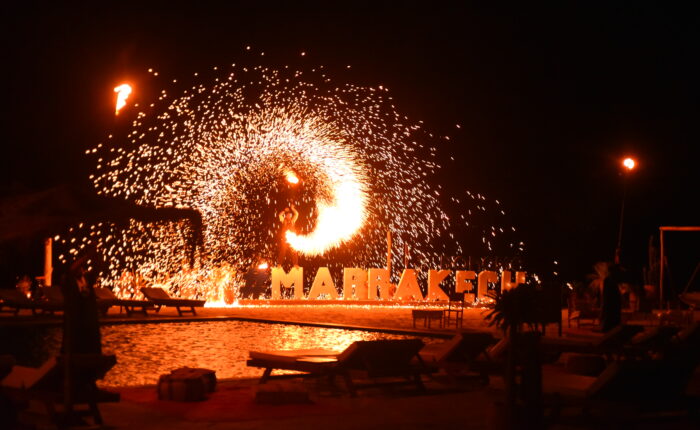- Home
- Excursions
- Activities
- Private
- Palmeraie
- Hot air ballon ride
- Agafay
- Agafay Desert Camel Riding Adventure: 2-Hour Exploration
- Agafay Desert Camel Riding Experience
- Agafay Desert Delights: Quad Biking, Camel Riding, Dinner Show
- Agafay Desert: Pool 1/2 Dinner Show, Quad, Camel, or Pool Day
- Marrakech Adventure Combo: Buggy for 2 + Camel Riding Experience
- Marrakech Adventure: Buggy for 2 Person + Camel Riding, Dinner Show
- Can Am Buggy 2-Seater (1000 CC) Adventure
- Can Am Buggy 4-Seater (1000 CC) Adventure
- Paragliding
- Paragliding + Buggy (Solo) + Dinner + Camel Adventure
- Paragliding + Camel Tour in Agafay: 1-Hour Adventure
- Paragliding + Quad Biking (2 Hours) + Camel Riding (1 Hour) Adventure
- Paragliding + Quad Biking (2 Hours) + Camel Riding + Dinner Show
- Paragliding Atlas Mountain Adventure Paragliding Atlas Mountain Adventure
- With Group
- Palmeraie
- Hot air ballon ride
- Agafay
- Agafay Desert Camel Riding Adventure: 2-Hour Exploration
- Agafay Desert Camel Riding Experience
- Agafay Desert Delights: Quad Biking, Camel Riding, Dinner Show
- Agafay Desert: Pool 1/2 Dinner Show, Quad, Camel, or Pool Day
- Marrakech Adventure Combo: Buggy for 2 + Camel Riding Experience
- Marrakech Adventure: Buggy for 2 Person + Camel Riding, Dinner Show
- Can Am Buggy 4-Seater (1000 CC) Adventure
- Can Am Buggy 2-Seater (1000 CC) Adventure
- Agafay Desert Delights: Dinner Show
- Paragliding
- Private
- Tours
- About
- Barbaro’s Blog
- Contact





